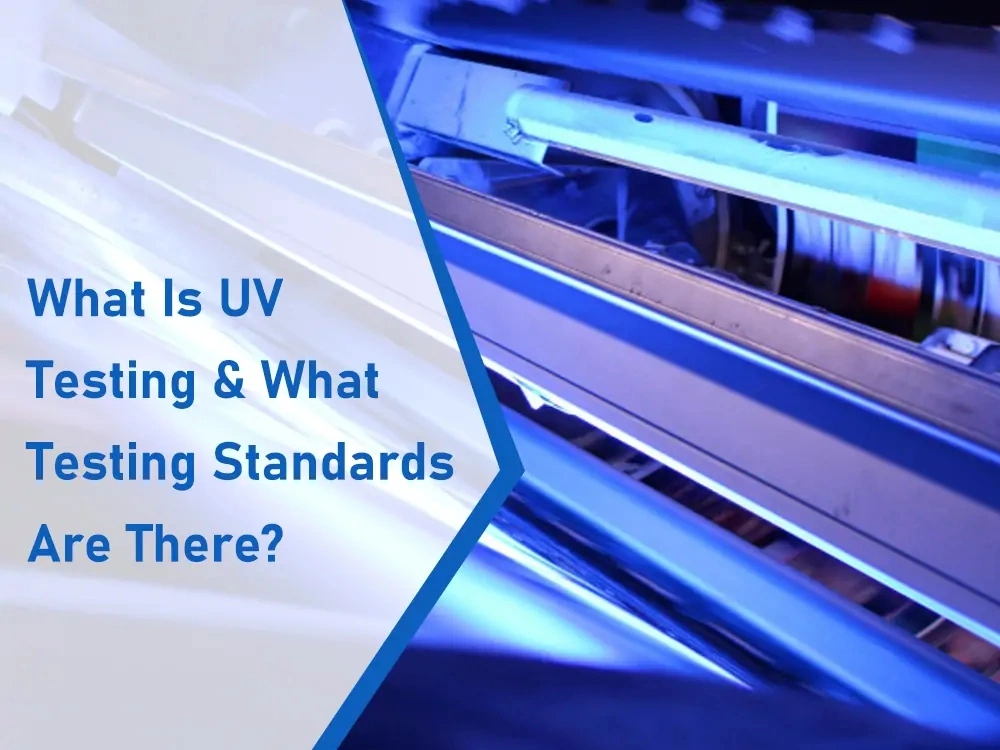Discover the significance and applications of Highly Accelerated Temperature and Humidity Stress Testing (HAST Test). Learn how simulating extreme conditions enhances electronic component reliability across diverse industries.
Category Archives: Blog
This article compares UV and Xenon Lamp Aging Testers for material aging, detailing differences in light source, scope, trigger wavelength, radiation intensity, and application. It discusses the material aging test methods, factors influencing the choice of aging method, and conditions for artificial accelerated aging tests, emphasizing the need to consider material, environment, and purpose. The conclusion highlights that the choice depends on testing needs, application conditions, degradation patterns, and budget.
This article introduces about UV testing (ultraviolet testing) and the standards and equipment related to it.
Choosing a constant temperature and humidity test chamber? Learn how to purchase the perfect equipment with a guide covering test parameters, performance factors, and manufacturer considerations. Get comprehensive buying advice from temperature and humidity control to the power supply and after-sales service.
In the realm of materials science, accelerated weathering tests stand as essential tools. They allow us to understand how various materials and outdoor machinery endure damage or exposure due to moisture and sunlight. These tests encompass materials such as wood, metals, polymers, coatings, textiles, adhesives, and construction materials, offering valuable insights into their resistance to environmental stressors. Weathering can lead to cracking, brittleness, strength reduction, oxidation, and other detrimental effects, including hazing, gloss loss, and color changes.
These tests play a pivotal role in diverse applications and industries, particularly in environments where weathering is a critical concern. Notably, they find utility in extreme weathering and corrosion-prone areas, where test panels expose materials to severe conditions. This process uncovers natural acceleration factors, addressing concerns regarding artificial weathering simulations.
This article provides detailed information on how to make UV accelerated weathering test chambers more durable and how to safely operate, clean and maintain them.
The AtmoExplorer Chamber offers cutting-edge material testing for diverse sectors. This guide explores the features and stresses the need for regular maintenance and professional help to keep it working well.
With the correct maintenance schedules and professional maintenance, your AtmoExplorer Chamber will continue to produce excellent results for many years.
This article introduces the UV aging tester from multiple dimensions, so that you can quickly understand the UV aging tester from the product principle and role, equipment use conditions, the main functions, equipment types and test conditions and other aspects of the UV aging tester.
This text provides a comprehensive overview of environmental simulation testing, its significance in various industries, the types of tests involved, benefits and limitations of the testing process, as well as the standards and regulations that guide this practice.
Want to make the service life of constant temperature and humidity test chamber longer, the daily maintenance work is very important!









